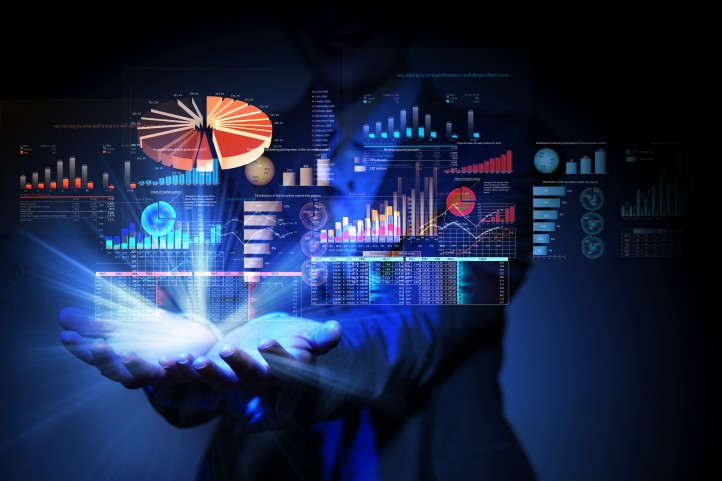In this age of information technology and business intelligence (BI), when information plays a crucial role, merely having the necessary data doesn’t help understand its real value or how it relates to customers, products, markets, competition, people, and performance. Supplier networks need contextual intelligence to compete with accuracy, speed, and quality, and going beyond plain analysis to predictive analysis will ensure dividends.
Predictive analytics reveals relationships and patterns ingrained in large volumes of data to predict behavior and events. Unlike other BI technologies, predictive analytics is forward looking. It doesn’t presume anything about the data; it rather lets data lead the way. Predictive analytics employs statistics, computational mathematics, neural computing, robotics, machine learning, and artificial intelligence techniques to reveal meaningful relationships and patterns.
Predictive analytics can help companies better understand customer behavior, identify unexplored opportunities, optimize existing processes, and anticipate problems well in advance.
It is undeniable that sustainability of a business depends on accuracy of predictive outputs. By focusing on what ‘will’ happen instead of what ‘has’ happened, companies can outlive tough periods.

Why Predictive Capabilities are Required?
Demand and inventory management have become big challenges due to demand volatility resulting from globalization and product alteration. Customers being globally dispersed makes the job even more difficult. Consumer industries, such as retail, consumer goods, and automotive, need daily or real-time forecast generation to meet customer expectations. Predictive capabilities can provide accurately anticipated demand and predict and monitor supply and replenishment status, and thereby a better inventory plan, flow of goods, and services ensured.
How Predictive Capabilities can Yield Substantial ROI
- Planners can predict the nature of schedule in advance and make necessary arrangements to cover the gaps in capabilities/capacities.
- Schedulers and dispatchers can predict task duration as a result of measured individual efficiency, account for potential fluctuation in traffic during the day, and focus better on high-risk tasks.
- Advanced analytics-driven ‘control metrics’ can monitor real-time critical events and key performance indicators (KPIs) through multiple touch points. Along with predictive analytics, these metrics can provide valuable savings in freight optimization of customers. Organizations can improve supply chain responsiveness, optimize cost, and minimize customer impact.
- Analyze internal and hybrid data thereby firms can weigh their strengths and weaknesses and make adjustments in terms of their capacities and inventories in real time. They can derive the benefits of the insights at all levels of the supply chain.
- Field staff can analyze situations and notify customers
- Hidden patterns can be identified to target campaigns, promotions, and offers
- Customers who are most likely to churn next month can be predicted by using churn models
- The likely lifetime value of customers to improve sales forecasting and profitability can be measured
- Customer sentiment to spot emerging trends can be predicted
Predictive capability allows businesses to take their services to the next level and deliver superior customer experience. Improved prediction not only ensures better returns on investment, but increase in probability. Additional sales begin trickling through, more satisfied customers are found, and better-fit employees start showing up. The reality is that business processes gain incremental improvement by predictive capabilities.
